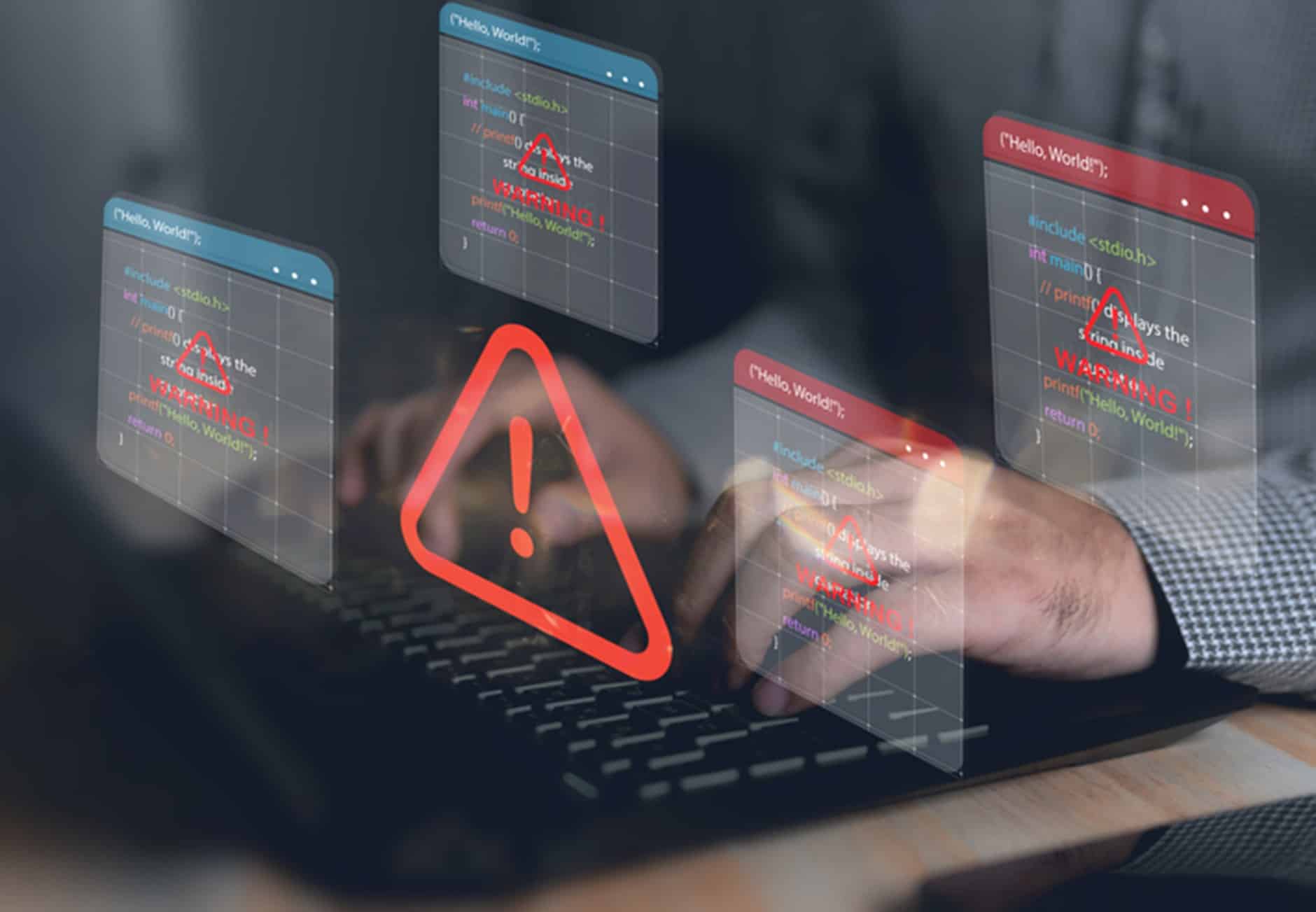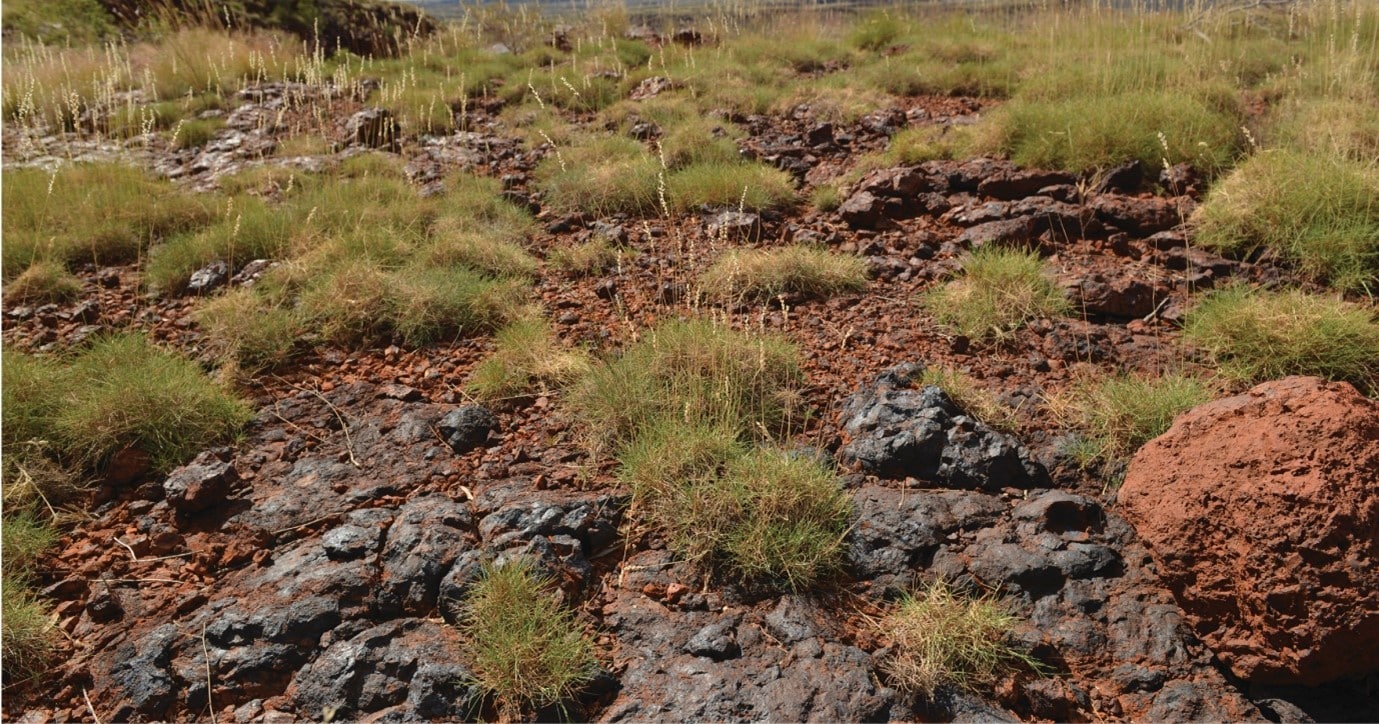Just one in four small businesses have disaster plans
It has been one year since catastrophic floods wreaked havoc across New South Wales and South East Queensland. The floods became the costliest natural disaster in Australia’s history, with $5.76 billion in insured losses from more than 240,000 claims, according to Insurance Council of Australia data. Global reinsurer Munich Re estimates that the flood was the fourth most costly global disaster in 2022 and the CRESTA Industry Loss Index puts the losses to the insurance industry at US$4.7 billion. Uninsured losses are likely to be in the billions.
The February/March flood was just one natural disaster that Australia experienced in 2022, which also included bushfire, storm and cyclone destruction. Treasury puts the cost to the economy of the disasters that hit all but one state and territory during the year at $5 billion. That figure, equivalent to 0.25% of real GDP for the last financial year, doesn’t include damage or destruction of infrastructure and other assets.
Every year Australia experiences natural disasters including bushfires, floods, cyclones, storms, hail and even earthquakes, which threaten safety, damage property, and interrupt transport, communications and business activities. The devastation is often widespread and recovery from just one extreme weather event can take years. The impact of natural disasters touches the lives of many Australians. Data from the National Emergency Agency shows that 68% of Australians live in an area which was affected by a natural disaster in 2022. By extension, this means that the vast majority of businesses are also located in disaster-affected, if not disaster-prone, areas.
Despite this, many SMEs are not preparing for disasters. According to the Australian Small Business and Family Enterprise Ombudsman, just one in four small and family businesses have disaster plans. The Small Business Natural Disaster Preparedness Resilience Inquiry Report also found that small and family businesses were most likely to be severely affected by disasters, suffering the most financial loss and the longest recovery times. Adding further complexity to the issue is the fact that many small business owners are operating uninsured or underinsured, making disaster recovery even more difficult, if not impossible.
The vulnerability of SMEs to natural disasters was also highlighted in a report from insurer IAG. The research highlighted the acute economic and social impacts that natural disasters have on small businesses and their communities. This was illustrated in in-depth case studies on two significant events – the Townsville Floods (2019) and Black Summer Bushfires (2019-20). The report found, on average, between 65% and 72% of the total economic impact from the floods and bushfires was attributed to small businesses.
A key recommendation of the report was for small businesses to conduct a thorough disaster risk analysis to understand location hazards and natural peril risks, and insure accordingly.
Tips to help businesses prepare for disasters
- Know the risks in your location – bushfire, flood, cyclone. Consult your local council or emergency management authority.
- Prepare the property. Refer to your state emergency services website for guidance on what to do (e.g. fire breaks, clearing gutters).
- Ensure your property is compliant with current safety recommendations and requirements.
- Know the community disaster plans (e.g. warnings, shelters).
- Draw up your disaster plans.
- Check your insurances.
The Australian Government (www.business.gov.au) recommends businesses have an emergency management plan that encompasses:
- Continuity Plan – to help you prepare your business for an emergency by identifying risks to critical areas and how to best protect them
- Emergency Action Plan – to help you and your staff know what to do during an emergency situation
- Recovery Plan – to guide your business’ recovery after an emergency.
The following 10-step plan (www.business.govt.nz) may be useful in your business continuity planning:
Step 1: Identify key products or services
Some of the key questions you should ask include:
- What are the biggest risks to your most profitable activity? How can you reduce these risks?
- What is essential to produce or carry out these key activities (e.g. raw materials, a fully-functioning website)?
- Can you get by without your full suite of products or services?
- What is your least profitable activity? Are you prepared to pause or stop this until you get back on your feet?
Step 2: Identify key internal people
These may include staff, other business partners, and the company’s board. Some key questions to ask include:
- If you have staff, could your business continue without some or all of them on deck?
- Does your business rely heavily on one person for key tasks? What happens if this person is unavailable? What are the main duties of all staff?
- How might you get temporary staff at short notice?
- How can you support staff and their families if they are affected?
Step 3: Identify key connections
These may include suppliers, service providers, clients, or regular customers. When identifying key connections, ask the following questions:
- How robust is your supply chain?
- If your business relies on external suppliers or manufacturers, do you have a back-up if something goes wrong? If your business uses transport to deliver products or services, what are your alternatives if something goes wrong? Can you rent vehicles? What happens if the port, airport, road or rail system is disrupted? Could customers come to you in the short term?
- Who might help you get back on your feet? Do you have good relationships with your bank, landlord or advisors?
- Who can help if you can’t get into your premises or IT systems?
Step 4: Identify essential equipment and supplies
When identifying key assets, consider:
- If you rely on your own equipment to make products, could you borrow or rent alternative equipment or premises if yours are out of action?
- Could your staff use their home computers for work if business computers are unavailable?
Step 5: Consider relocation options
You should prepare for the eventuality that a natural disaster may force you to move to a new location. Some issues to consider include:
- If you need to vacate your usual premises unexpectedly, how can you keep your business ticking along?
- Could staff work from an alternative site, or from home, if your premises can’t be used? You may want to ask your main suppliers, customers or even competitors, if they could spare a room on their premises in an emergency.
- If you need to move, how can you best communicate with your customers about your new location – and from your new location?
Step 6: Consider insurance options
See our tips below.
Step 7: Identify who can run the business in your absence
If your business’ leaders are not available, someone will need to take over. Ask the following questions:
- If something takes you or another important team member away from the business, who can take over important tasks?
- If there’s a major disruption, what is each staff member’s role in getting the business back on its feet?
Step 8: Keep contact details handy
This list may include staff, emergency services, clients, and suppliers. Businesses may also include their insurance details, security company, and neighbouring businesses. Key questions to ask are:
- Do you have emergency contact details handy?
- When were contact details last updated – is it time to check for any changes?
Step 9: Back-up important data
A natural disaster can wipe out a business’ entire data and this could prove fatal to your operations. When creating a plan to back-up critical company information, consider these questions:
- What data – customer details, emails, files, and spreadsheets – are critical to your business?
- What sensitive data – personnel files, bank details, tax documents – do you need to keep safe?
- Do you regularly back-up data on a hard drive, server or in the cloud?
Step 10: Put the plan into practice
Your business continuity plan should be tried and tested with relevant staff at least once a year.
You should also regularly review your emergency management and recovery plans, remembering to update your plans if there are staff changes or you move premises.
Insurance checklist
- Identify the risks your business faces – physical (from natural perils) and financial (from business interruption).
- Assess the vulnerability of your business property and assets including off-site buildings, vehicles, products/stock and supplies, and equipment. Consider the materials, condition, and other factors such as storage of flammable goods and proximity to other property or perils such as a river.
- Ensure that your business is compliant with safety and building requirements (e.g. BAL ratings, cyclone and flood mitigation measures).
- Seek advice from your insurance broker to better understand how to manage risks associated with extreme weather events.
- Ensure you take out appropriate insurance cover ahead of extreme weather events, most insurers place a temporary embargo on the sale of new policies (or on claiming within a certain timeframe of taking out a new policy, e.g. within 72 hours) when an event is imminent.
- Review all property policies to check that the risks faced are covered (e.g. storm, flood, fire) and under what circumstances.
- Review the sums insured to ensure the amount matches current replacement, repair and rebuild costs for property and contents. Consult a quantity surveyor for accurate costings.
- Prepare an inventory of your business’ contents including plant and equipment to determine if you have enough insurance and save time when making a claim. Be sure to document assets (receipts/tax invoices, recent stocktakes, photos) and other relevant information about your business operations. Keep a copy off-site.
Natural disasters are part and parcel of living and working in Australia. Businesses of all sizes need to ensure that they are adequately prepared for disasters and recovering from them afterwards. Risk mitigation is essential, as is having documented disaster plans. The right insurances should form part of your business’ plans for disaster recovery. Talk to your EBM Account Manager about an insurance program tailored to your business and the risks it is exposed to.







































